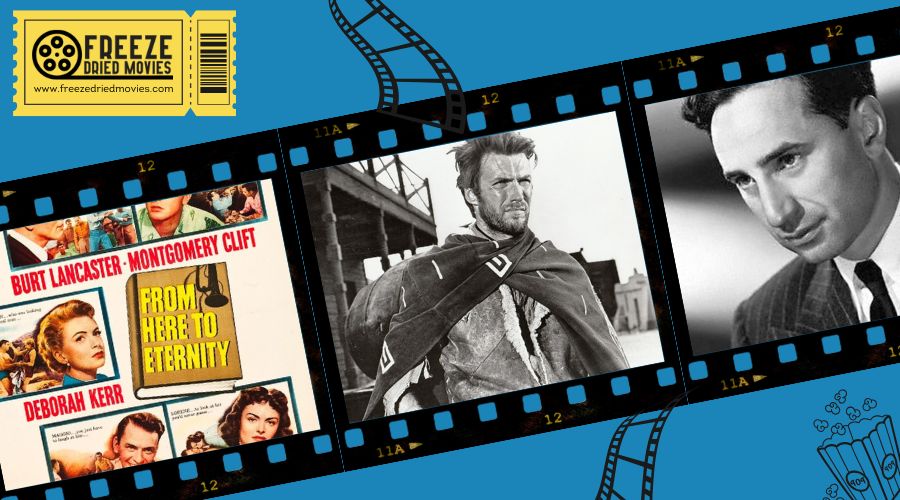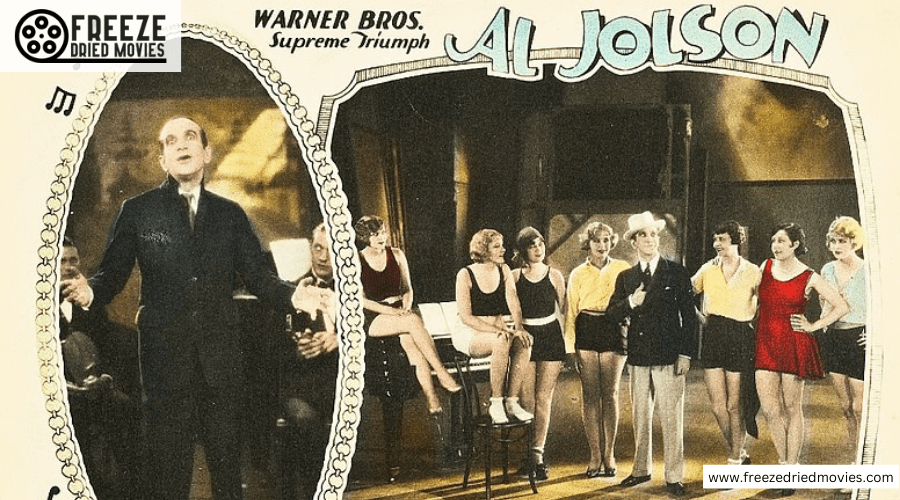Rodrigo Prieto’s Visual Alchemy: The Art Behind Amores Perros and The Irishman

Rodrigo Prieto's visual alchemy combines technical innovation with emotional storytelling across cultures. You'll notice his signature bounce lighting creating naturalistic atmospheres in Amores Perros, while The Irishman showcases his seamless blend of digital and film techniques. He "disappears" on set, minimizing equipment to prioritize actors' performances. His cross-cultural perspective as a Mexican-American cinematographer infuses unique sensibilities into each frame. His rebellious approach has transformed how filmmakers capture authentic human experiences on screen.
Key Takeaways
- Prieto challenged studio norms with raw, subjective cinematography in Amores Perros, using bounce lighting with polyboard for naturalistic yet emotional atmospheres.
- In The Irishman, he seamlessly blended digital footage from RED Helium cameras with 35mm film using custom look-up tables to match Kodachrome aesthetics.
- His actor-centered approach minimizes equipment on set, creating unobtrusive lighting environments where performers can exist authentically in their truth.
- Prieto's cross-cultural perspective as a Mexican-American cinematographer infuses his work with unique visual sensibilities that speak to audiences across boundaries.
- He pioneered LED lighting techniques and embraced the natural "jankiness" of Steadicam shots to create witness cameras that connect viewers emotionally.
The Rebel Cinematographer: Breaking Industry Conventions
While Hollywood clung to its decades-old visual language, Rodrigo Prieto emerged as a cinematographic maverick who refused to play by the established rules. His groundbreaking work on Amores Perros with Alejandro Iñárritu challenged the studio-dictated standards of the early 2000s, replacing them with a raw, subjective cinematography style that drew viewers directly into the narrative.
Prieto's distinctive approach in how he minimizes equipment on set, prioritizing actors' performances over technical showmanship. This philosophy carried through to Brokeback Mountain and later to shooting The Irishman, where he seamlessly integrated visual effects with his signature lighting techniques. By adopting digital cameras while maintaining his artistic vision, Prieto has influenced a generation of cinematographers who now embrace his once-rebellious methods as industry standard. His pioneering use of LED lighting technology transformed production quality while allowing for more authentic storytelling that addresses contemporary social issues.
Crafting Visual Identity Through Light and Shadow
Beyond the camera itself, Rodrigo Prieto's genius emerges in his manipulation of light and shadow to forge distinctive visual signatures for each project. In Amores Perros, you'll notice how he utilizes bounce lighting with polyboard to achieve a naturalistic yet emotionally resonant atmosphere that serves the narrative. Light becomes Prieto's paintbrush, sculpting emotion through careful manipulation rather than mere technical execution.
His character-driven approach prioritizes subjective perspectives, with light and camera movement directly reflecting emotional states.
When crafting The Irishman's memory-like aesthetic, Prieto seamlessly blended digital and film footage using look-up tables to match Kodachrome and Ektachrome emulsions.
What makes Prieto exceptional is his adaptable approach to cinematography, allowing him to work with directors as stylistically diverse as Ang Lee and Oliver Stone. His experimental techniques in manipulating color across various mediums demonstrate a visual alchemy that transcends technical boundaries. His color manipulation techniques show a profound understanding of how three-color process revolutionized cinema by enabling filmmakers to align colors with emotional tones, something that transformed visual storytelling forever.
Disappearing on Set: Prieto's Actor-Centered Approach
Nearly every aspect of Rodrigo Prieto's on-set philosophy revolves around creating space for authentic performances to flourish. His unique approach involves deliberately "disappearing" during production, minimizing equipment and technical distractions that might pull actors out of their emotional zones.
When faced with the cramped subway scene in "The Wolf of Wall Street," Prieto's ingenious solution demonstrated his commitment to serving the story over technical convenience. You'll notice his preference for unobtrusive lighting setups—often using maneuverable polyboards to adjust illumination without disrupting the actors' flow.

Whether working with RED Helium cameras or traditional film, Prieto crafts each visual style to immerse you in the characters' subjective experience. By avoiding harsh shadows on faces and maintaining a nearly invisible presence, he creates environments where performers can simply exist in their truth. His technique resembles the classic chiaroscuro lighting used to highlight visual contrasts in film noir classics that made Humphrey Bogart an icon of the genre.
From Mexico to Hollywood: Prieto's Cross-Cultural Perspective
Prieto's actor-centered approach represents just one dimension of the cinematographer's multifaceted artistic vision. His experience moving between Mexico and the United States for two years before settling in Los Angeles has given him a distinctive cross-cultural perspective that profoundly shapes his cinematography.
As an immigrant, Rodrigo Prieto notices details that local filmmakers might overlook, infusing his work with unique sensibilities. His dual sense of home in both countries enriches his visual language with a foreigner's eye—an advantage when collaborating with directors. This multicultural fluency allows him to translate his Mexican upbringing and American influences into compelling artistic expression. This approach mirrors how British cinema used documentary techniques to establish authenticity and connect with audiences during the transformative 1940s film era.
You'll find this perspective throughout Prieto's work, where his ability to navigate diverse cultural contexts creates imagery that speaks to audiences across boundaries.
Technical Innovation: Blending Digital and Film in The Irishman
The technical wizardry behind Martin Scorsese's "The Irishman" showcases Rodrigo Prieto's innovative approach to cinematography through his masterful blending of digital and film techniques. You'll notice how Prieto put together a unique visual language using RED Helium cameras for de-aging sequences while capturing other scenes on 35mm film to maintain what he calls "the memory thing"—that authentic home-movie feel.
His background in still photography influenced his careful selection of focal length and development of look-up tables that matched Kodachrome and Ektachrome emulsions. When Scorsese embraced the "jankiness" of the opening Steadicam shot, it created what Prieto describes as witness cameras that connect viewers on an emotional level. Despite technical challenges, this deliberate imperfection serves the narrative authenticity Prieto constantly pursues.
Kevin Payravi, Rodrigo Prieto at the 2024 Toronto International Film Festival 2 (cropped), CC BY-SA 4.0
DPNews, Rodrigo Prieto in 2024, CC BY 3.0




